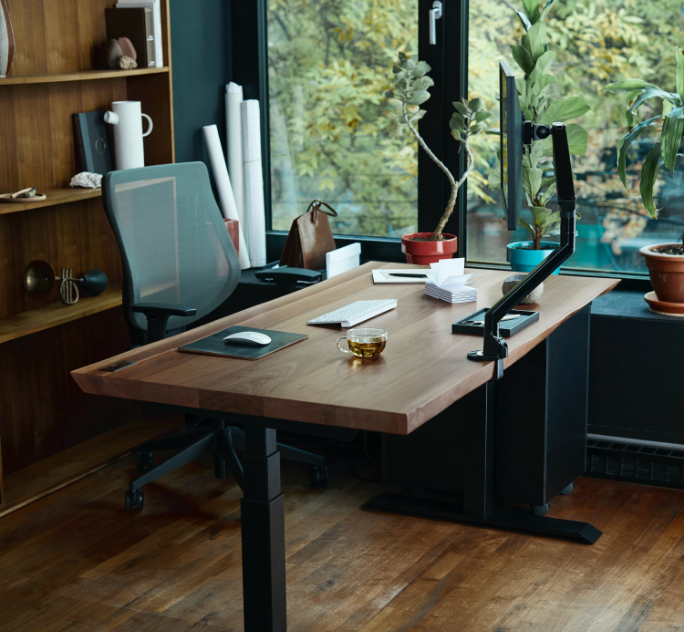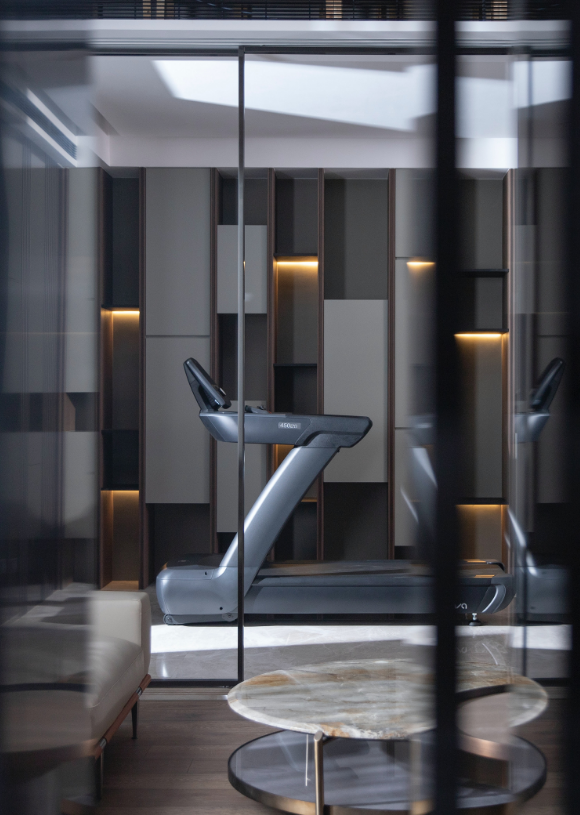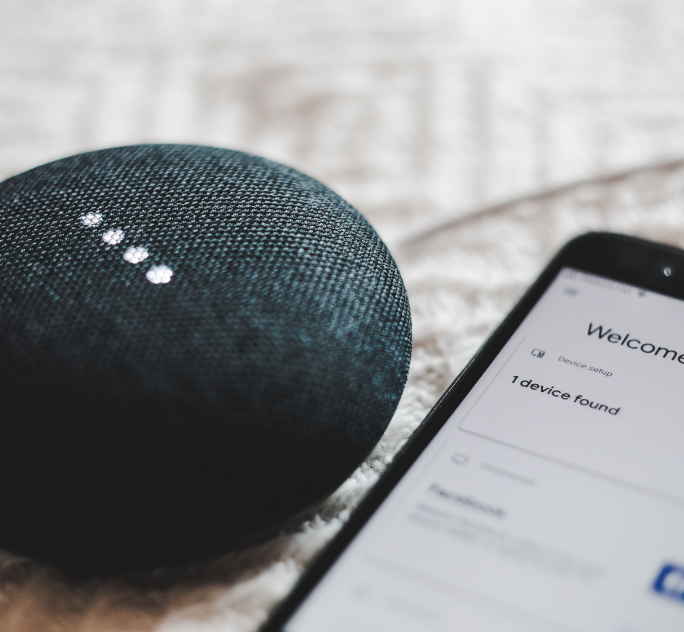When you picture the ultimate contemporary home, what comes to mind? Chances are, you envision clean lines and minimalist designs. These are visually appealing, of course, but they are by no means the only features that today's homeowners desire. Currently, many home improvement projects center around upgrades that expand access to leisure activities while also optimizing professional tasks and even fitness regimens.
As they seek increasingly specific upgrades, homeowners are still eager to try DIY projects, which often produce significant cost savings (and sweat equity) while also providing a major sense of satisfaction. Despite this, findings from the 2023 U.S. Houzz Kitchen Trends survey reveal that over eight in ten homeowners work with professionals when completing kitchen improvement projects.
The best return on investment comes when homeowners recognize which projects call for additional expertise — and when they can go it alone. Prioritizing is also key. Few homeowners can do it all, but tackling one exciting project at a time can produce major lifestyle upgrades, particularly when those renovations make homes not only more beautiful, but also, more livable.



